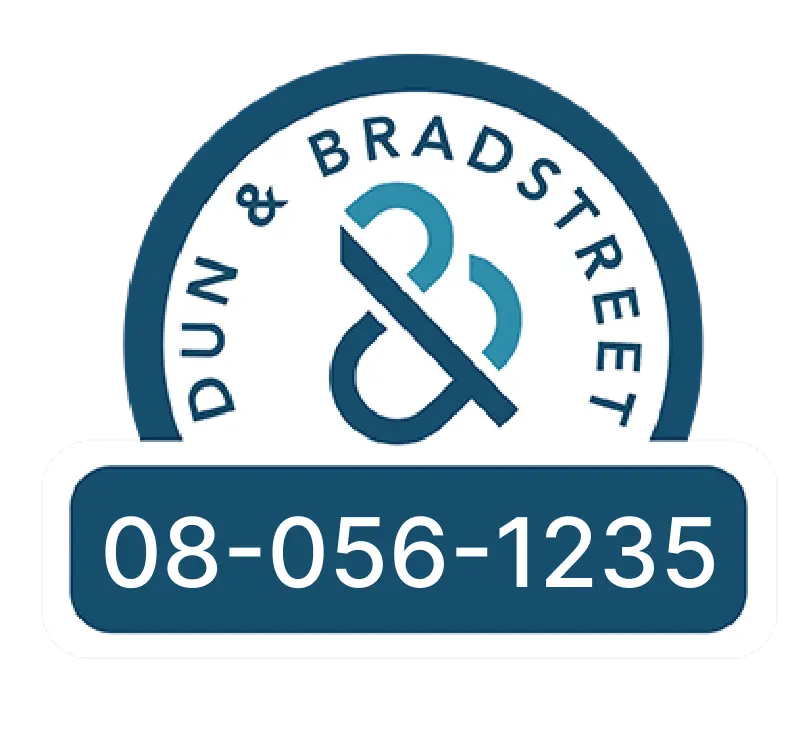Download free PDF
In-vitro Diagnostics Market - By Product, By Test Type, By Application, By End Use - Global Forecast 2025 - 2034
Report ID: GMI2820
|
Published Date: April 2025
|
Report Format: PDF
Download Free PDF
Authors: Mariam Faizullabhoy , Gauri Wani



Premium Report Details
Base Year: 2024
Companies covered: 15
Tables & Figures: 158
Countries covered: 18
Pages: 135
Download Free PDF

In-vitro Diagnostics Market
Get a free sample of this report
Get a free sample of this report In-vitro Diagnostics Market
Is your requirement urgent? Please give us your business email
for a speedy delivery!





In-vitro Diagnostics Market Size
The global in-vitro diagnostics market size was estimated at USD 105.7 billion in 2024. The market is expected to grow from USD 108.6 billion in 2025 to USD 155.4 billion by 2034 at a CAGR of 4.1% during the forecast period. In-vitro diagnostics (IVD) refer to medical devices, reagents, and systems which are used for the examination of specimens such as blood, urine, tissues, and other bodily fluids outside the body, to gain the information for the diagnosis, monitoring, and treatment of diseases and other health conditions.
The global in-vitro diagnostics market is experiencing significant growth, driven by the increasing prevalence of infectious diseases such as COVID-19, HIV/AIDS, tuberculosis, hepatitis, and malaria pose significant public health challenges, propelling the demand for the in-vitro diagnostic (IVD) technologies. For instance, according to the World Health Organization (WHO), HIV continues to be a significant global public health challenge, with an estimated 42.3 million lives lost to date. Transmission persists worldwide across all countries.
By the end of 2023, approximately 39.9 million people were living with HIV, with 65% residing in the WHO African Region. In the same year, an estimated 630,000 individuals succumbed to HIV-related causes, while 1.3 million people newly acquired the infection. Thus, these statistics highlight the vital role of IVD technologies in reducing infectious and chronic diseases and supporting global healthcare efforts.
Furthermore, the growing adoption and rising demand for personalized medicine, escalates the in-vitro diagnostics (IVD) market by allowing tailored treatments through advanced tools such as molecular diagnostics, which is estimated to reach USD 36 billion by 2032, and genomics. For instance, an article in the Proceedings of the National Academy of Sciences highlighted the adoption of immunotherapy, signaling a move toward precision and personalized cancer treatment. The study highlighted using individual patient characteristics to tailor optimal care and assess disease susceptibility, fueling the market growth.
In-vitro Diagnostics Market Trends
In-vitro Diagnostics Market Analysis
Based on product, the market is divided into reagents and kits, and instruments. The global market was estimated at USD 103.4 billion in 2023. The reagents and kits segment held revenue of USD 71.3 billion in 2024 and the segment is poised for significant growth at a CAGR of 4.4% during the forecast period.
Based on test type, the in-vitro diagnostics market is bifurcated into clinical chemistry, immunoassay/immunochemistry, molecular diagnostics, hematology, urinalysis, and other test types. The molecular diagnostics segment accounted for a 25.5% market share in 2024 and is projected for significant growth to reach USD 40.8 billion by 2034.
Based on application, the in-vitro diagnostics market is bifurcated into oncology, infectious diseases, diabetes, cardiology, nephrology, autoimmune diseases, drug testing/pharmacogenomics, and other application. The infectious diseases segment dominated the global market accounting for USD 31.2 billion in 2024.
Based on end use, the in-vitro diagnostics market is bifurcated into hospitals, diagnostic laboratories, academic and research institutes, and other end users. The diagnostic laboratories segment accounted for a 44% market share in 2024.
The North America in-vitro diagnostics market is accounted for USD 45.1 billion revenue in 2024 forecasted to reach USD 59.9 billion by 2034. The U.S. dominated the North America market with the largest revenue of USD 40.3 billion in 2023.
Europe: The in-vitro diagnostics market in UK is expected to experience significant and promising growth from 2025 to 2034.
Asia pacific: Japan in-vitro diagnostics market is anticipated to witness lucrative growth between 2025 - 2034.
Middle East and Africa: The in-vitro diagnostics market in Saudi Arabia is expected to experience significant and promising growth from 2025 to 2034.
In-vitro Diagnostics Market Share
The top 4 players of the market account for approximately 55% of the market share which includes companies such as Abbott Laboratories, BIOMÉRIEUX, F. Hoffmann-La Roche, and Siemens Healthineers among others. These companies maintain their dominance in the market through innovative product launches, extensive distribution networks and strong regulatory approval.
Moreover, strategic partnerships with research institutes, and government agencies play a primary role in advancing the development of new in-vitro diagnostics kits and getting the necessary permits. The development of public awareness about infectious diseases and its health impact through the social media platform, will encourage more individuals to seek the early diagnosis and treatment, enabling market players to strengthen their position in this growing sector.
In-vitro Diagnostics Market Companies
Some of the eminent market participants operating in the in-vitro diagnostics industry include:
In-vitro Diagnostics Industry News:
The in-vitro diagnostics market research report includes an in-depth coverage of the industry with estimates and forecast in terms of revenue in USD Million from 2021 – 2034 for the following segments:
Click here to Buy Section of this Report
Market, By Product
Market, By Test Type
Market, By Application
Market, By End Use
The above information is provided for the following regions and countries: